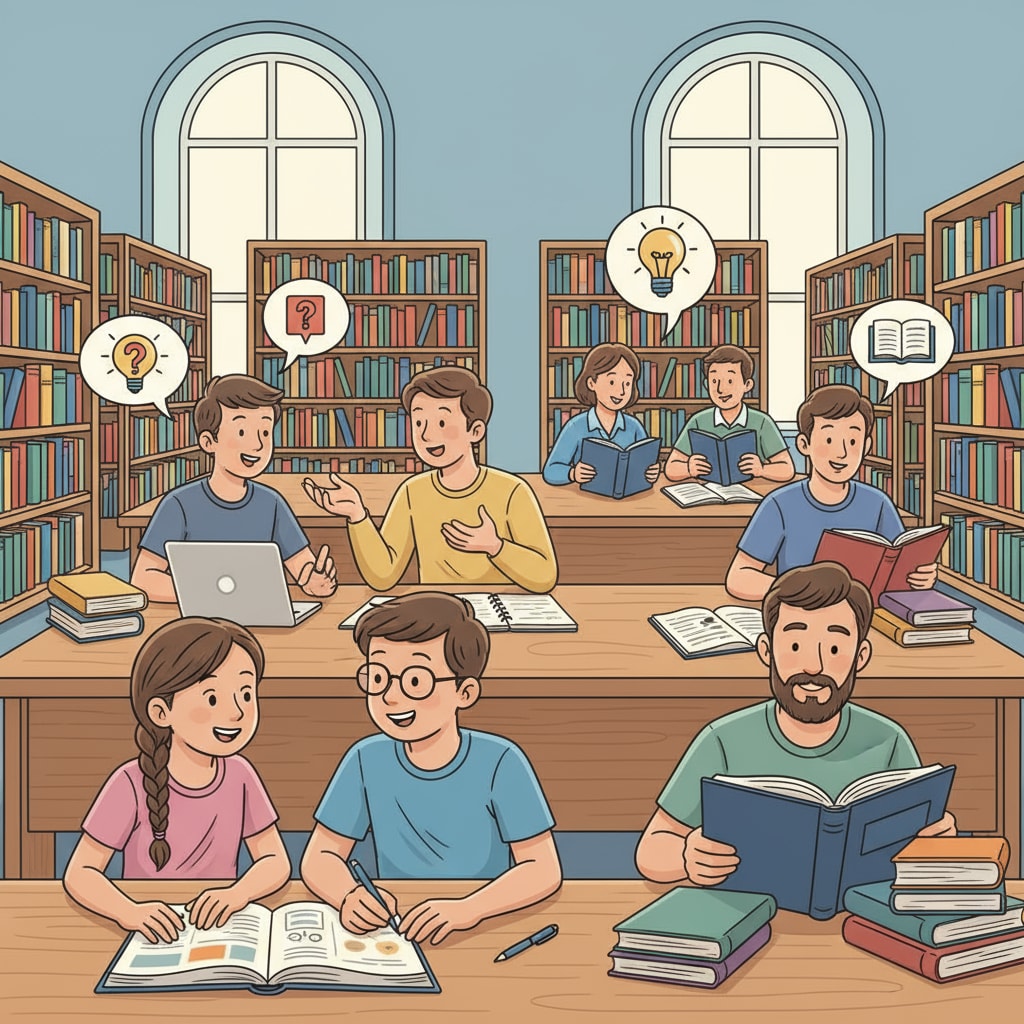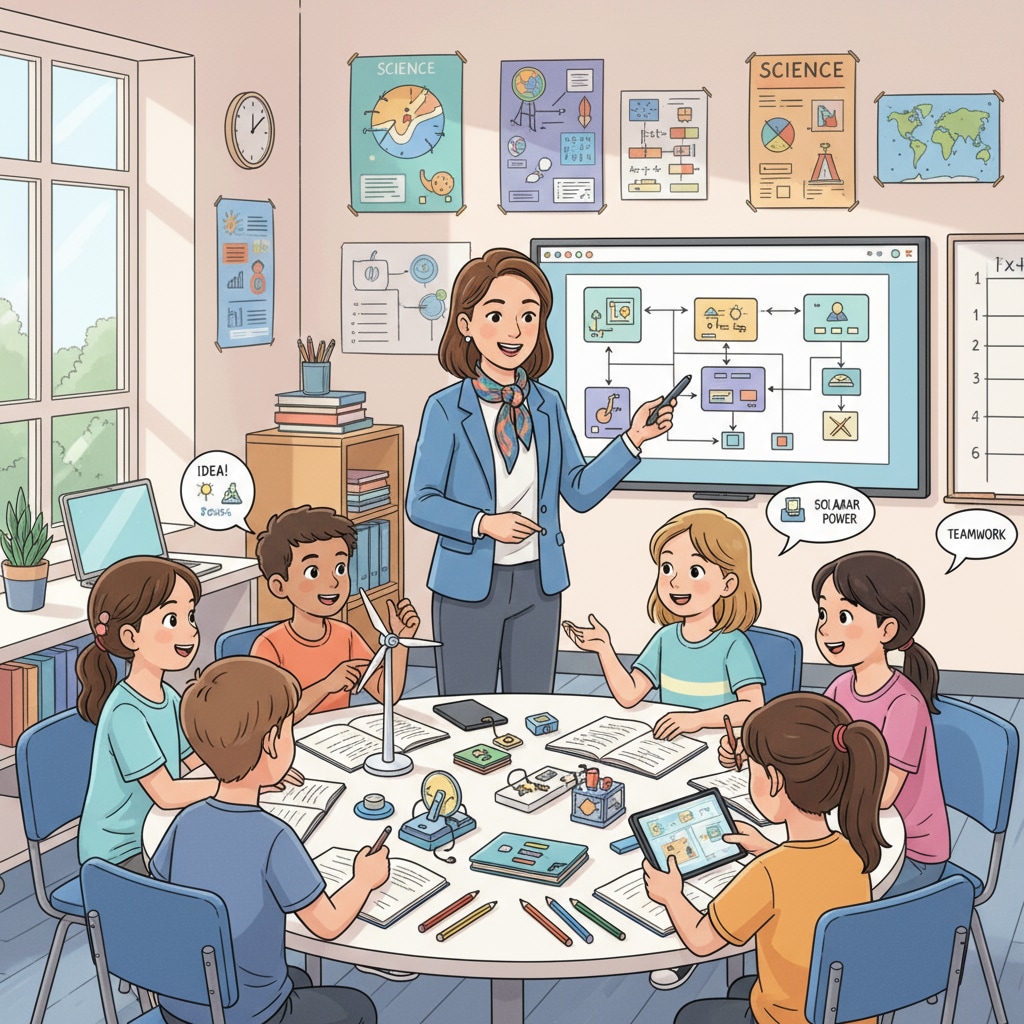Lifelong learning, formal education, and cultural awareness are crucial aspects in the realm of education that often extend far beyond the traditional boundaries of K12 education. In today’s rapidly evolving world, the concept of education cannot be confined to the years spent within the four walls of a school building. It is essential to recognize that true education is a journey that lasts a lifetime.

The Limitations of K12 Education Focused on Short-Term Results
The current K12 education system has long emphasized short-term achievements, such as high test scores and academic grades. While these metrics have their place, they often overshadow the broader goals of education. For example, students are frequently drilled on rote memorization to perform well on standardized tests. This approach may help them achieve good grades in the short run but fails to cultivate critical thinking, creativity, and a love for learning that can last a lifetime. As a result, many students may find themselves ill-prepared for the challenges of the real world after graduation. According to Britannica, education should be about more than just acquiring knowledge for immediate assessment; it should foster personal growth and development.
Integrating Lifelong Learning into Basic Education
Integrating lifelong learning into K12 education is a necessity. Educators can start by introducing project-based learning, where students work on real-world problems. This not only enhances their problem-solving skills but also instills in them the idea that learning is an ongoing process. In addition, promoting self-directed learning through activities like independent research projects can empower students to take control of their learning journey. For instance, students can explore topics that interest them outside of the regular curriculum, which encourages a sense of curiosity and a continuous quest for knowledge. As per Wikipedia, lifelong learning involves the continuous acquisition of skills, knowledge, and attitudes throughout life.

Another aspect is incorporating cultural awareness into the curriculum. By exposing students to different cultures, traditions, and perspectives, educators can broaden their horizons and enhance their understanding of the world. This can be achieved through literature, art, and history classes that feature diverse cultural content. It helps students develop empathy, respect, and an open mind, which are essential qualities for lifelong learners.
Readability guidance: As seen, we break down complex ideas into shorter paragraphs. Each H2 section presents key points clearly. We use examples and links to reliable sources to support our arguments. Transition words like ‘for example’ and ‘in addition’ help the flow of the text.


